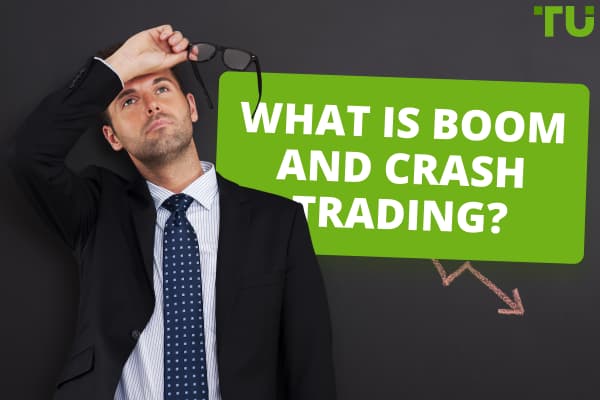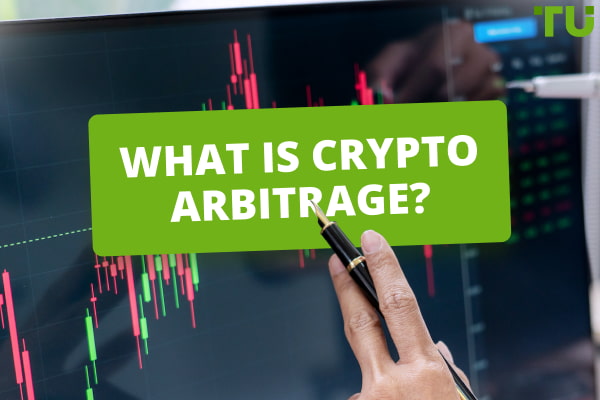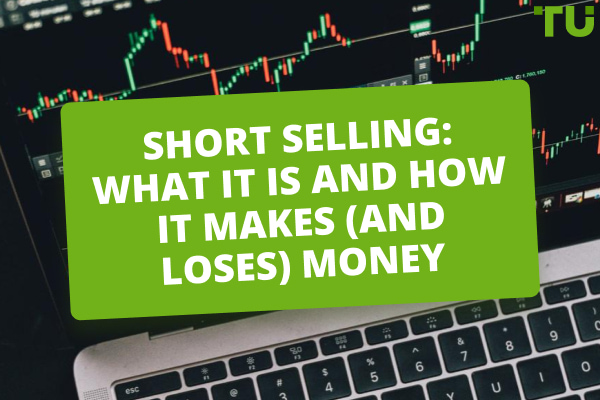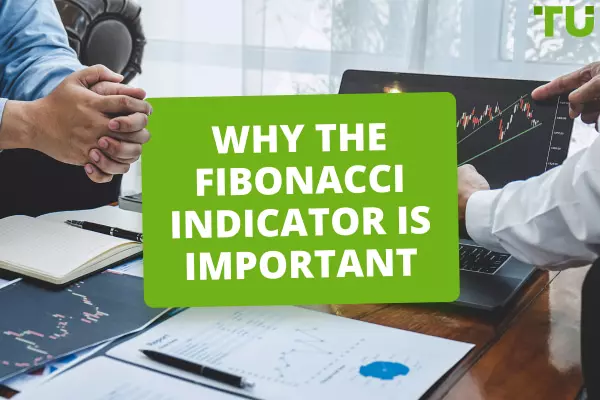Bitcoin Ordinals: New Trading Opportunities?
Bitcoin ordinals - not separate tokens, but rather, individual satoshis (the smallest units of Bitcoin) imbued with unique data, like images, videos, or text. This grants ordinals the same advantages as Bitcoin itself: namely, censorship resistance, decentralization, and an unmutable historical record.
Forget traditional NFTs – Bitcoin ordinals are shaking up the crypto world by etching digital assets directly onto the Bitcoin blockchain. These unique inscriptions unlock new trading opportunities, demanding fresh strategies and analysis techniques. Read on to explore the possibilities and challenges of this game-changing innovation on the digital frontier.
Start trading cryptocurrencies with ByBitOrdinals: A novel asset class on bitcoin's blockchain
Imagine owning a rare piece of digital art not just stored on a separate platform, but etched directly onto the foundation of Bitcoin itself. Enter the world of Bitcoin ordinals, a revolutionary twist on NFTs that's rewriting the crypto trading rulebook.
NFTs native to Bitcoin
Forget Ethereum or Solana; ordinals live directly on the Bitcoin blockchain, leveraging its legendary security and immutability. They're not separate tokens, but rather, individual satoshis (the smallest units of Bitcoin) imbued with unique data, like images, videos, or text. This grants ordinals the same advantages as Bitcoin itself: namely, censorship resistance, decentralization, and an unmutable historical record.
Distinct from traditional NFTs
Unlike their brethren on other platforms, ordinals aren't reliant on side chains or scaling solutions. They're woven into the very fabric of Bitcoin, benefiting from its established network effect and user base. This inherent connection to Bitcoin's brand and security could hold immense value for collectors and investors seeking a "native" Bitcoin experience.
Scarcity drives value
Just like the 21 million Bitcoins, the number of ordinals is inherently limited. The Taproot upgrade, which enabled their creation, introduced unique identifiers ("ordinals") to satoshis, making each inscription one-of-a-kind. This enforced scarcity adds a powerful dimension to ordinal valuation, similar to rare artworks or collectible memorabilia.
Content, artist, and the market
But not all ordinals are created equal. The content itself plays a crucial role in determining value. A masterpiece by a renowned digital artist is bound to command a higher price than a random meme. Similarly, the creator's reputation and influence within the Bitcoin community can significantly impact an ordinal's worth.
Emerging market dynamics
With new assets come new markets. The rise of ordinals has spawned a burgeoning market with its own dynamics. Unlike the established Bitcoin market, the ordinal market is still in its infancy, evolving rapidly and finding its footing. Price discovery mechanisms are still nascent, creating exciting opportunities for savvy traders and daring speculators.
Best cryptocurrency exchanges
Trading ordinals: navigating the uncharted frontier
While traditional trading strategies like technical analysis and market sentiment still hold weight in the ordinal market, navigating this uncharted frontier demands adaptations and innovative approaches.
Tweaking the traditional toolbox
Technical indicators like moving averages and MACD charts, while familiar, might not capture the full picture with ordinals. The influence of scarcity, content, and creator reputation introduces a layer of complexity that requires alternative analysis methods.
New markets require new tools
-
Delving into the blockchain can reveal valuable insights. Track inscription timestamps, identify early minters, and analyze spending patterns to gauge potential future value. Imagine spotting an ordinal inscribed shortly after Taproot activation by a renowned artist – that could indicate a future collector's gem.
-
Gauge community sentiment towards specific ordinals by monitoring social media platforms and Discord channels. A viral image minted as an ordinal could see explosive demand, while one met with ridicule might struggle to find buyers.
-
Not all NFTs are created equal, and neither are ordinals. Develop an eye for unique and valuable content. Is it a groundbreaking piece of digital art, a historical document inscribed on the blockchain, or a hilarious meme with viral potential? Evaluate the content's intrinsic value and its potential appeal to collectors.
Short-term or long-term play?
-
Embrace the volatility and hunt for hidden gems with short-term trading. Identify under-the-radar ordinals with promising content or creator association, capitalize on sudden market hype, and exit swiftly. This requires agility and tolerance for risk.
-
Play the long game with carefully chosen ordinals with inherent value and enduring appeal. Iconic art pieces, historical documents, or early ordinals by renowned creators could appreciate over time, becoming digital cornerstones in your crypto portfolio. Patience and a keen eye for future potential are key here.
-
The ordinal market is a wild frontier, and volatility reigns supreme. Liquidity remains a challenge, with some ordinals struggling to find buyers. Be wary of potential scams and "rug pulls" where creators disappear with investor funds. Always conduct thorough research, don't chase hype blindly, and prioritize risk management.
Ordinals: A boon or bust for Bitcoin fees and dynamics?
The arrival of Bitcoin ordinals has shaken the dust off the blockchain, etching not just digital art but also significant changes in transaction costs and market dynamics. But are these changes blessings or curses for traders?
Fee frenzy
Unlike simple Bitcoin transactions, ordinals, with their hefty data payloads, pack a wallop in terms of transaction size. This translates to one thing – skyrocketing fees. In November 2023, ordinal inscriptions pushed average transaction fees to unprecedented heights, exceeding mining rewards for periods. For ordinal traders, this means carefully weighing potential profits against hefty transaction costs.
But savvy traders don't surrender to fee fatigue. Batching multiple ordinal trades into single transactions, utilizing second-layer solutions like Lightning Network, and timing inscriptions during off-peak network hours are just a few ways to mitigate the fee burden. However, each strategy comes with its own complexities and limitations.
Beyond just fees, ordinals have injected a jolt of activity into the Bitcoin network. Transaction volume has surged, and miners rejoice at the lucrative ordinal fees. This increased activity could attract new users and investors, potentially boosting Bitcoin's price. However, it also raises concerns about potential network congestion and scalability challenges in the long run.
The long-term impact of ordinals remains an open question. Will they evolve into a thriving niche market within Bitcoin, fueling innovation and attracting specialized traders? Or will their fee burden and potential network strain overshadow their benefits, leading to a gradual decline?
Some pundits see ordinals as a gateway drug, introducing new users to the broader Bitcoin ecosystem and fostering deeper engagement. Others worry about fragmentation, with ordinal trading becoming a separate entity, siphoning resources and attention away from core Bitcoin functions.
It's too early for a definitive answer. Ordinals have opened new trading opportunities, albeit amidst higher fees and complex dynamics. Their long-term impact on the Bitcoin ecosystem will depend on their ability to attract sustained interest, adapt to scalability challenges, and integrate seamlessly into the existing Bitcoin landscape.
Ordinals and DeFi: A match made on the blockchain?
The dust has settled from the initial ordinal boom, but whispers of a revolutionary future echo through the digital alleyways. Could ordinals, these inscriptions etched directly onto the Bitcoin blockchain, unlock the gates of decentralized finance (DeFi) and reshape the landscape of crypto trading?
DeFi dreams
Imagine utilizing your prized ordinal artwork as collateral for a loan, earning passive income through ordinal-based liquidity pools, or even fractionalizing ownership to share its value with the world. With the potential integration into existing DeFi protocols, these dreams could become reality.
Collateral crunch? Not with ordinals
Borrowing against traditional Bitcoin can be challenging due to its volatility and price fluctuations. Ordinals, with their unique identities and potentially diverse values, could offer a new avenue for secured loans within DeFi. Imagine borrowing stablecoins against your rare meme ordinal or using a collection of curated art pieces as collateral for a decentralized mortgage.
Yield farming with a Bitcoin twist
DeFi's bread and butter, yield farming, could take on a whole new flavor with ordinals. Imagine depositing your ordinals into specialized liquidity pools, earning rewards in the form of other ordinals or even Bitcoin itself. This opens up lucrative possibilities for ordinal collectors and traders seeking to squeeze the most value out of their digital assets.
Fractionalize the frenzy
Not everyone can afford a Mona Lisa ordinal, but what if everyone could own a piece? Fractional ownership is a DeFi innovation that could revolutionize the ordinal market, allowing smaller investors to participate and potentially benefit from the appreciation of these unique assets.
The long-term evolution of the ordinal market remains an open book. Will it flourish as a vibrant niche within the Bitcoin ecosystem, attracting specialized traders and DeFi protocols? Or will it gradually fade away, eclipsed by scalability challenges and regulatory hurdles?
One thing's for sure, ordinals will leave their mark on traditional Bitcoin trading. They could attract new users to the Bitcoin ecosystem, inject further innovation, and potentially influence price discovery mechanisms. However, the influx of DeFi applications could also lead to increased speculation and volatility, impacting the core functions of Bitcoin.
Only time will tell whether ordinals are a game-changer or a fleeting fad. But one thing is certain: they offer a glimpse into a future where the boundaries between art, finance, and technology blur, and Bitcoin becomes not just a store of value, but a canvas for creativity and financial ingenuity.
Conclusion
Bitcoin ordinals have opened up several new trading opportunities, but navigating this uncharted territory demands both sharp analysis and unwavering risk management. While ordinals present lucrative possibilities in DeFi integration, fractional ownership, and yield farming, their integration with Bitcoin brings forth fee hurdles and potential market fragmentation. Will ordinals revolutionize crypto trading or fade into a footnote of blockchain history? Only time will tell, but one thing's for sure: the ordinal adventure has just begun, and those who embrace its complexities and possibilities might just rewrite the rules of the digital asset game.
Glossary for novice traders
-
1
Risk Management
Risk management is a risk management model that involves controlling potential losses while maximizing profits. The main risk management tools are stop loss, take profit, calculation of position volume taking into account leverage and pip value.
-
2
Leverage
Forex leverage is a tool enabling traders to control larger positions with a relatively small amount of capital, amplifying potential profits and losses based on the chosen leverage ratio.
-
3
Crypto trading
Crypto trading involves the buying and selling of cryptocurrencies, such as Bitcoin, Ethereum, or other digital assets, with the aim of making a profit from price fluctuations.
-
4
Bitcoin
Bitcoin is a decentralized digital cryptocurrency that was created in 2009 by an anonymous individual or group using the pseudonym Satoshi Nakamoto. It operates on a technology called blockchain, which is a distributed ledger that records all transactions across a network of computers.
-
5
Forex indicators
Forex indicators are tools used by traders to analyze market data, often based on technical and/or fundamental factors, to make informed trading decisions.
Team that worked on the article
Thomas Wettermann is an experienced writer and a contributor to the Traders Union website. Over the last 30 years, he has written posts, articles, tutorials, and publications on several different high tech, health, and financial technologies, including FinTech, Forex trading, cryptocurrencies, metaverses, blockchain, NFTs and more. He is also an active Discord and Crypto Twitter user and content producer.
Dr. BJ Johnson is a PhD in English Language and an editor with over 15 years of experience. He earned his degree in English Language in the U.S and the UK. In 2020, Dr. Johnson joined the Traders Union team. Since then, he has created over 100 exclusive articles and edited over 300 articles of other authors.
Mirjan Hipolito is a journalist and news editor at Traders Union. She is an expert crypto writer with five years of experience in the financial markets. Her specialties are daily market news, price predictions, and Initial Coin Offerings (ICO).













